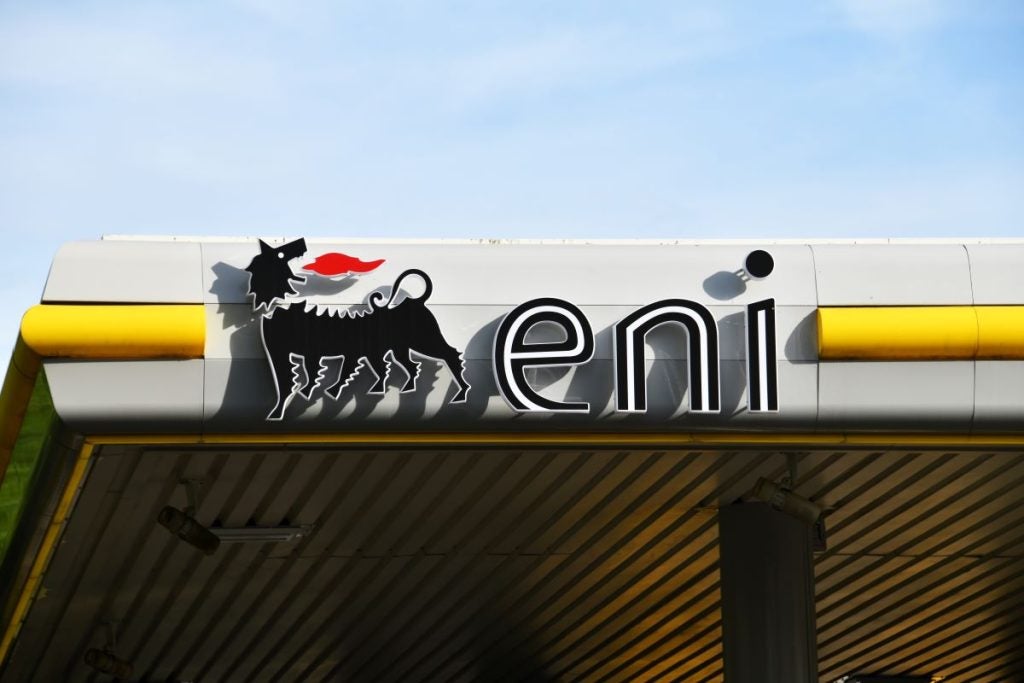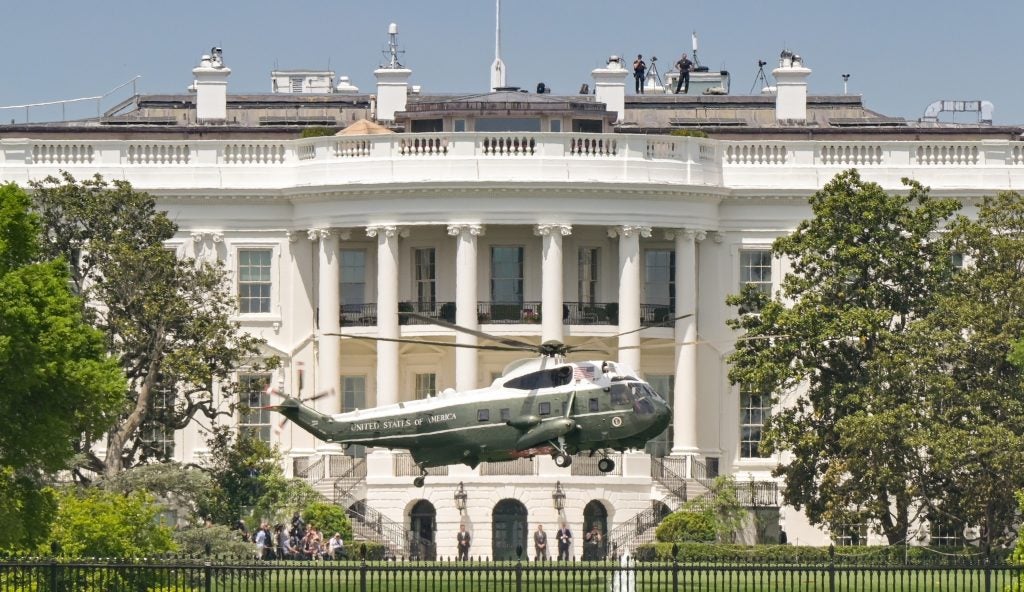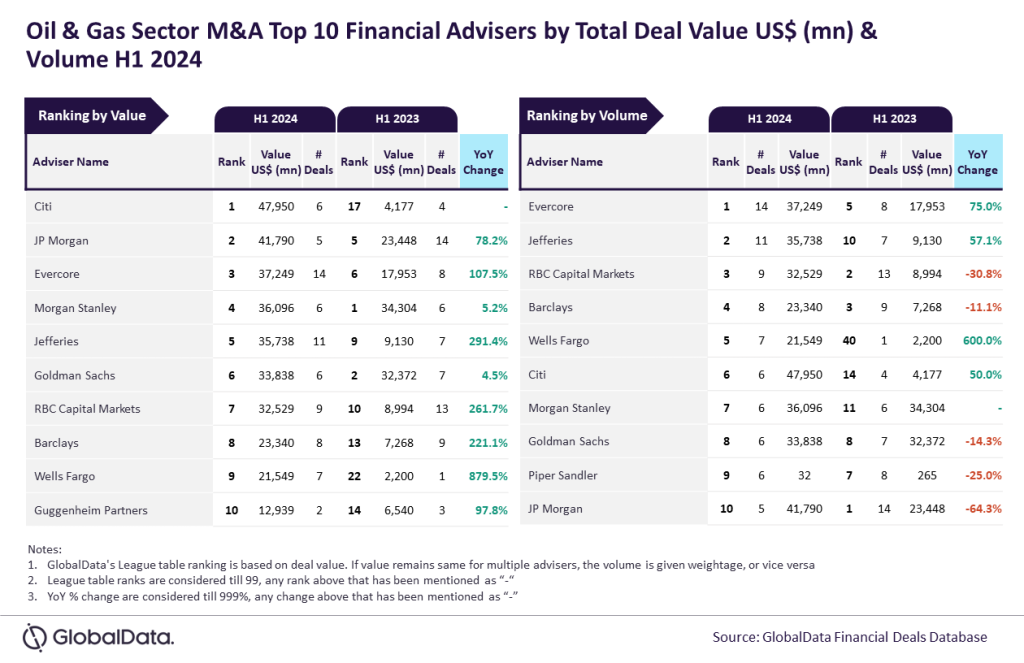
Crude oil prices have edged down after a strong rally in recent days amid speculations that Saudi Arabia could be tempted to reduce output given current market strength.
Brent crude slipped $0.40, or 0.7%, to reach $61.07 a barrel, after touching its highest on 10 February since January 2020. US crude dropped by $0.35, or 0.6%, to reach $58.33 a barrel.
The recent increase in the price follows the decision by the Organisation of Petroleum Exporting Countries and its allies, known as OPEC+, to reduce output, as well as the global rollouts of Covid-19 vaccines, increasing hopes of demand recovery.
Brokerage Axi chief global markets strategist Stephen Innes was reported quoted by the news agency as saying: “Despite finding support for the large draw in the US crude stockpiles… oil prices couldn’t hold into its gains possibly on the expectation that Saudi Arabia could roll back their unilateral February / March production cuts and that OPEC could signal more production coming back online at the March meeting given the sizzling recovery in oil prices.”
According to the Energy Information Administration, crude stocks fell 6.6 million barrels to 469 million barrels last week, for a third consecutive week, marking their lowest since March.
Reuters cited some analysts as saying that crude oil prices could tempt major producers to increase their output as they have moved too far ahead.
How well do you really know your competitors?
Access the most comprehensive Company Profiles on the market, powered by GlobalData. Save hours of research. Gain competitive edge.

Thank you!
Your download email will arrive shortly
Not ready to buy yet? Download a free sample
We are confident about the unique quality of our Company Profiles. However, we want you to make the most beneficial decision for your business, so we offer a free sample that you can download by submitting the below form
By GlobalDataSince November, crude prices have climbed as governments started vaccination drives for Covid-19 and announced large stimulus packages to boost economic activity and the supply cut commitment by the world’s top producers.
Top exporter Saudi Arabia agreed to unilaterally reduce supply to supplement cuts agreed by other members of OPEC+.







